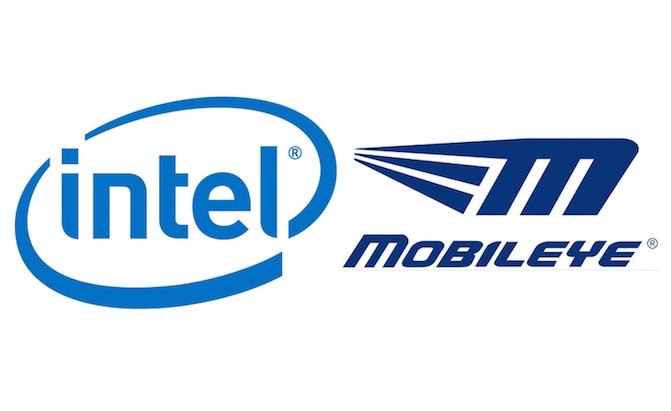Mobileye Self Driving Car Runs Red Light Due to Camera Interference

Mobileye, the Israeli technology firm often lauded for its advanced self-driving tech, experienced an embarrassing mishap during a public demo this week.
As first reported by Bloomberg, Mobileye was showing off its new camera-based self-driving test car to Israel’s Channel 10 TV station when the vehicle ran a red light. A video posted to Twitter by Channel 10 shows the vehicle slowing down for an intersection before breezing through it while the stop light was still red. The company, which was purchased by Intel for $15 billion last year, said the TV cameras the news station used caused electromagnetic interference and disrupted the transponder from the traffic light. The car allegedly identified the light as red but proceeded through the intersection anyway.
1/ This is a #Mobileye autonomous car, in a test drive yesterday, failing to stop at red light – and going straight ahead.
The company, bought last year by Intel for 15bn dollars, invited @news10 tech correspondent, @TalShorrer, to show him the car’s abilities. (cont.) pic.twitter.com/R1FivtKQpr
— חדשות עשר (@news10) May 17, 2018
Mobileye said it has since corrected the fault that caused the vehicle to run the red light. No one was hurt in the incident, which company CEO Amnon Shashua described as a “very unique situation.” He later added that Mobileye “never anticipated something like this,” happening.
SEE ALSO: Toyota Has Now Halted Self Driving Car Testing Too
Mobileye’s camera-based autonomous system is somewhat unique as it does not rely on radar or LIDAR, instead using a camera to identify things like lane markers and other objects. The company doesn’t plan to sell an autonomous system that relies on camera-based tech, but is instead using it to prove the safety of its multi-tier stacked autonomous system. In simpler terms, it hopes to successfully develop a camera-based system, then a separate sensor-based system, before combining them into a finished product that’s (theoretically) ready for real-world implementation.
But after this unfortunate series of events, it seems they have lots more testing to do before the camera-based system is faultless.
[Source: Bloomberg]

Sam McEachern holds a diploma in journalism from St. Clair College in Windsor, Ontario, and has been covering the automotive industry for over 5 years. He conducts reviews and writes AutoGuide's news content. He's a die-hard motorsports fan with a passion for performance cars of all sorts.
More by Sam McEachern
































Comments
Join the conversation